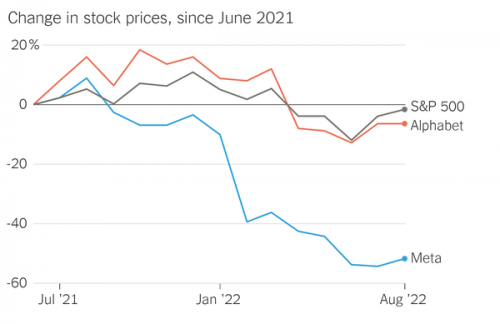That’s short for “transient ischemic attack” — I had one. It was only 10 minutes of discombobulated confusion that ended quickly and went away, but it landed me in the hospital overnight. I got CAT scans, an MRI, heart monitors, the works, all while I fumed in a hospital bed because I had things to do, since classes start tomorrow.
All is well now, no detectable damage done, this was just a warning. I got a new pill and some dietary restrictions to keep it from happening again.
And now I have to play catch-up. Everything I was going to get done yesterday has to be done now.










